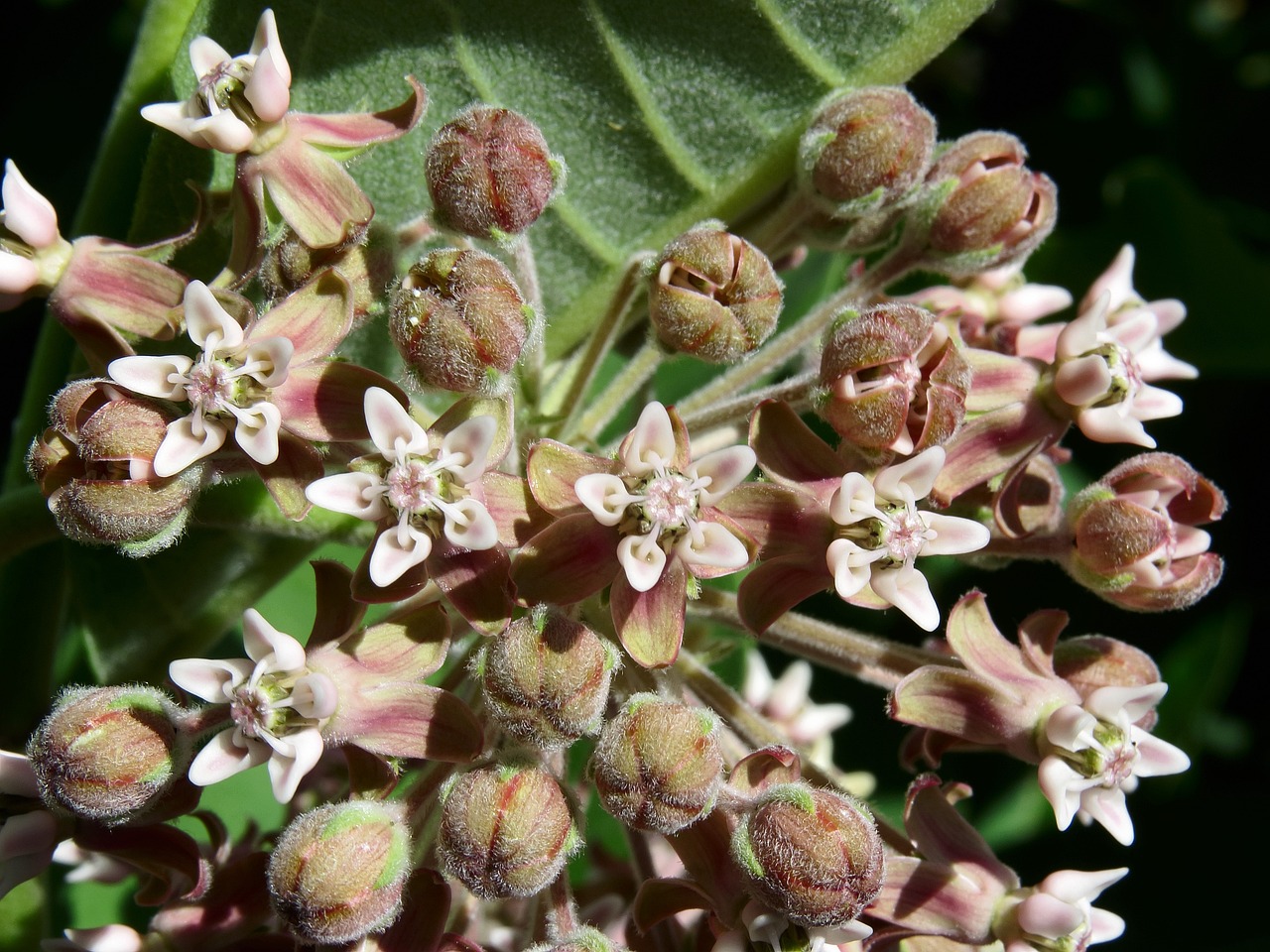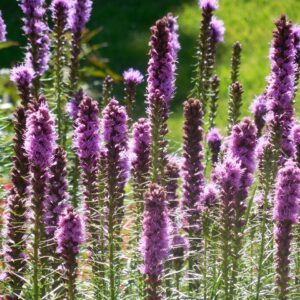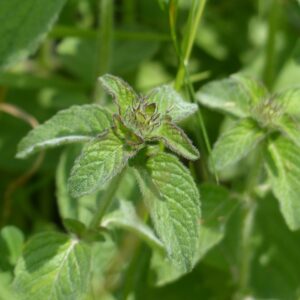Prairie Milkweed (Asclepias sulcata), also known as Rough Milkweed, is a native perennial wildflower found in the prairies and open areas of North America. It is valued for its role in supporting pollinators, particularly monarch butterflies. Overall, Prairie Milkweed is an important plant for supporting monarchs and other pollinators, while also adding beauty and structure to garden spaces and natural landscapes. Its adaptability and ecological role make it a valuable choice for native plant gardens and prairie restorations.
Appearance: Prairie Milkweed is known for its robust, upright growth habit and distinctive, ornamental flower clusters. The plant has a coarse texture and can add structure to native plant gardens.
Height: It typically grows to a height of 2 to 3 feet (60 to 90 cm), although it can occasionally reach up to 4 feet (120 cm) under optimal conditions.
Leaf Shape: The leaves are broad, lance-shaped, and often have a rough or hairy texture. They are generally arranged alternately along the stems.
Color: The leaves are usually green and can be up to 6 inches long. They may have a slightly wrinkled appearance due to their texture.
Flower Structure: The flowers are small, tubular, and arranged in dense, rounded clusters known as umbels. The flowers are typically pink to reddish-purple with a unique, star-shaped arrangement.
Blooming Season: Prairie Milkweed blooms from mid-summer to early fall, usually from July to September. The flowering period can provide vibrant color during the warmer months.
Soil: The plant prefers well-drained soils and can thrive in a variety of soil types, including sandy, loamy, and clayey soils.
Light: Prairie Milkweed does best in full sun but can tolerate partial shade. It is typically found in open prairies and meadows.
Moisture: It is relatively drought-tolerant once established but prefers regular moisture, especially during the growing season.
Pollinators: Prairie Milkweed is crucial for pollinators, particularly monarch butterflies, which rely on milkweed species for laying their eggs and as a food source for caterpillars. The plant also attracts bees and other butterflies.
Birds: The seeds can provide food for birds in the fall.
Gardens: Prairie Milkweed is commonly used in native plant gardens, wildflower meadows, and prairie restorations. Its vibrant flowers and ecological benefits make it a valuable addition to garden settings aimed at supporting pollinators.
Erosion Control: Due to its deep root system, it can also be used for erosion control on slopes and other areas prone to soil erosion.
Propagation: Prairie Milkweed can be propagated from seeds, which should be stratified (cold-treated) before sowing to improve germination rates. It can also be propagated by dividing established plants.
Care: The plant is relatively low-maintenance. It benefits from occasional watering, especially during dry spells, and is generally pest-resistant. Deadheading spent flowers can help keep the plant tidy and encourage more blooms.





